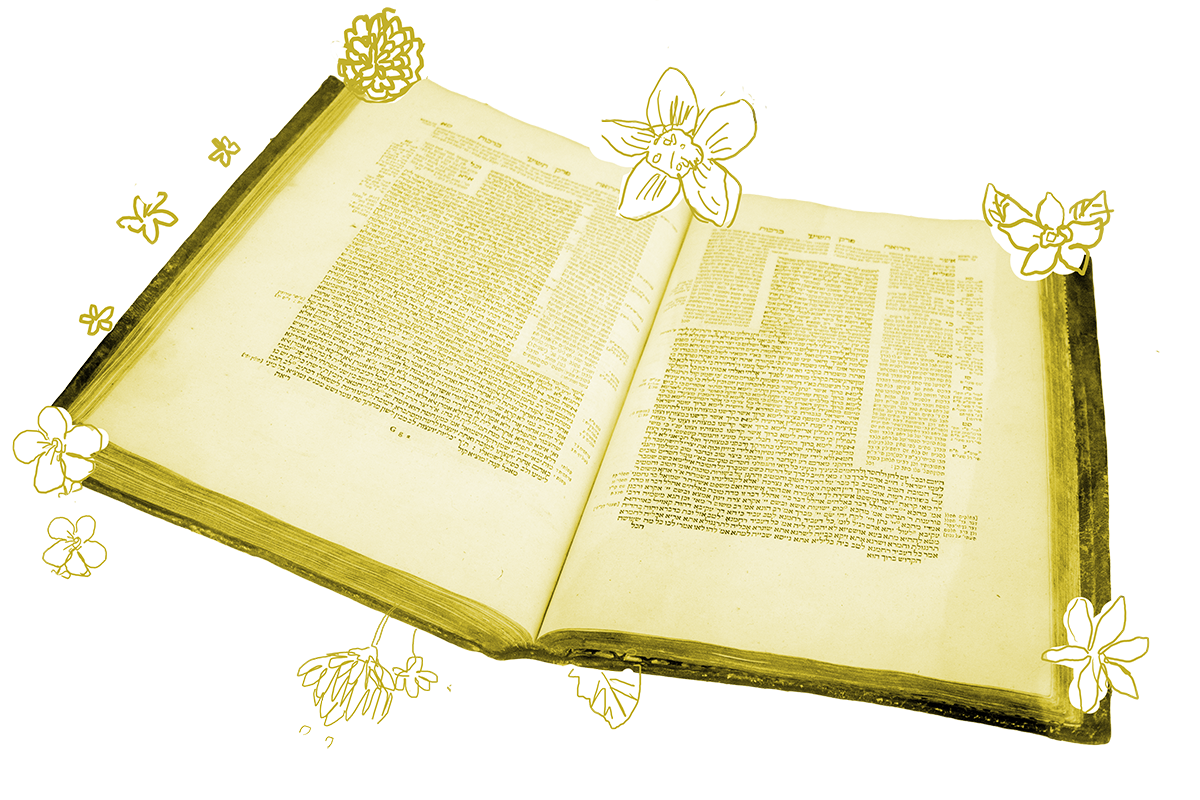For anyone who has been learning Tractate Yoma over the last many weeks, the strict ruling in the first line of the mishnah that appears on today’s daf will be utterly unsurprising.
Each action of Yom Kippur that has been stated, is stated in order. If he (the high priest) performed one of the actions before the other it is as though he has done nothing.
Given the rabbinic attention paid to every element of this annual rite of atonement, it comes as no surprise that the order of the steps — which, after all, appear in the Torah itself — is critical.
However, what the mishnah states in seemingly blanket terms, the ensuing discussion seeks to narrow.
Rabbi Yehudah said: When does this rule apply? To those actions performed in white garments inside the sanctuary, but those actions performed in white garments outside, if you perform one action before the other, what is done is done.
According to Rabbi Yehudah, the mishnah’s rule is in fact limited to certain actions. Whereas the mishnah made no distinctions between the different parts of the ritual, Rabbi Yehudah seems to be willing to assign different levels of importance to the different steps in the series of ritual actions. Some steps can be performed out of order without invalidating the ritual.
Having raised Rabbi Yehudah’s explanation of the mishnah, the Gemara notes that Rabbi Nechemya also limits the scope of the mishnah’s ruling, albeit in a different way. He says that all actions in white garments must be performed in proper order, whether inside or outside of the sanctuary, but those performed in golden garments are subject to looser requirements.
This fairly unremarkable dispute between Rabbi Yehudah and Rabbi Nechemya is an excellent example of the interplay we often see between the Mishnah and the talmudic debate that flows from it. In this case, we see the Mishnah make what seems to be a general statement of law, anonymously and without dissent. Only in the ensuing discussion do we learn that what seemed broad and uncontested is understood (and disputed) quite differently among later generations.
What’s at stake here is more than simply a practical legal question about what constitutes a failed Yom Kippur ritual in the Temple. (And of course that practical question was moot by the time of the Mishnah.) The deeper question is: Are there parts of this complex annual ritual that are more important than others? Is the Yom Kippur of the Temple, or for that matter our Yom Kippur, a series of equally significant steps that must all be performed exactly correctly in order to achieve the promised atonement?
We know that certain parts of our ritual that seem quite fixed to us, such as Kol Nidrei, were far from universally accepted and in fact were quite controversial at the time of their inclusion in service. Many rabbinic authorities tried to ban Kol Nidrei, though popular acclaim for the service eventually won the day.
Today, we might ask the same question. In the 21st century, is fasting enough to bring forgiveness? If we sit in synagogue from Kol Nidre through Neilah but do not do the work of apologizing to those whom we have harmed, do our prayers find purchase? Which parts of our Yom Kippur ritual are essential as we seek forgiveness and atonement, and which may be condensed or even skipped altogether?
As in the debate on our daf today, there will be different answers to these questions. We might take inspiration from Rabbis Yehudah and Nechemya, who sought to understand and differentiate between the different steps of a complex ritual chain. After all, it is not the steps themselves that matter; it is the ultimate goal of forgiveness and atonement. It is to hear the shofar blast at the end of the holiday and know we have moved ourselves a little bit closer to the people we want to be. To do that, we have to carefully examine the steps on the path, even if that means deciding that some are essential, and some we can leave behind.
Read all of Yoma 60 on Sefaria.
This piece originally appeared in a My Jewish Learning Daf Yomi email newsletter sent on June 10th, 2021. If you are interested in receiving the newsletter, sign up here.
The post Yoma 60 appeared first on My Jewish Learning.




